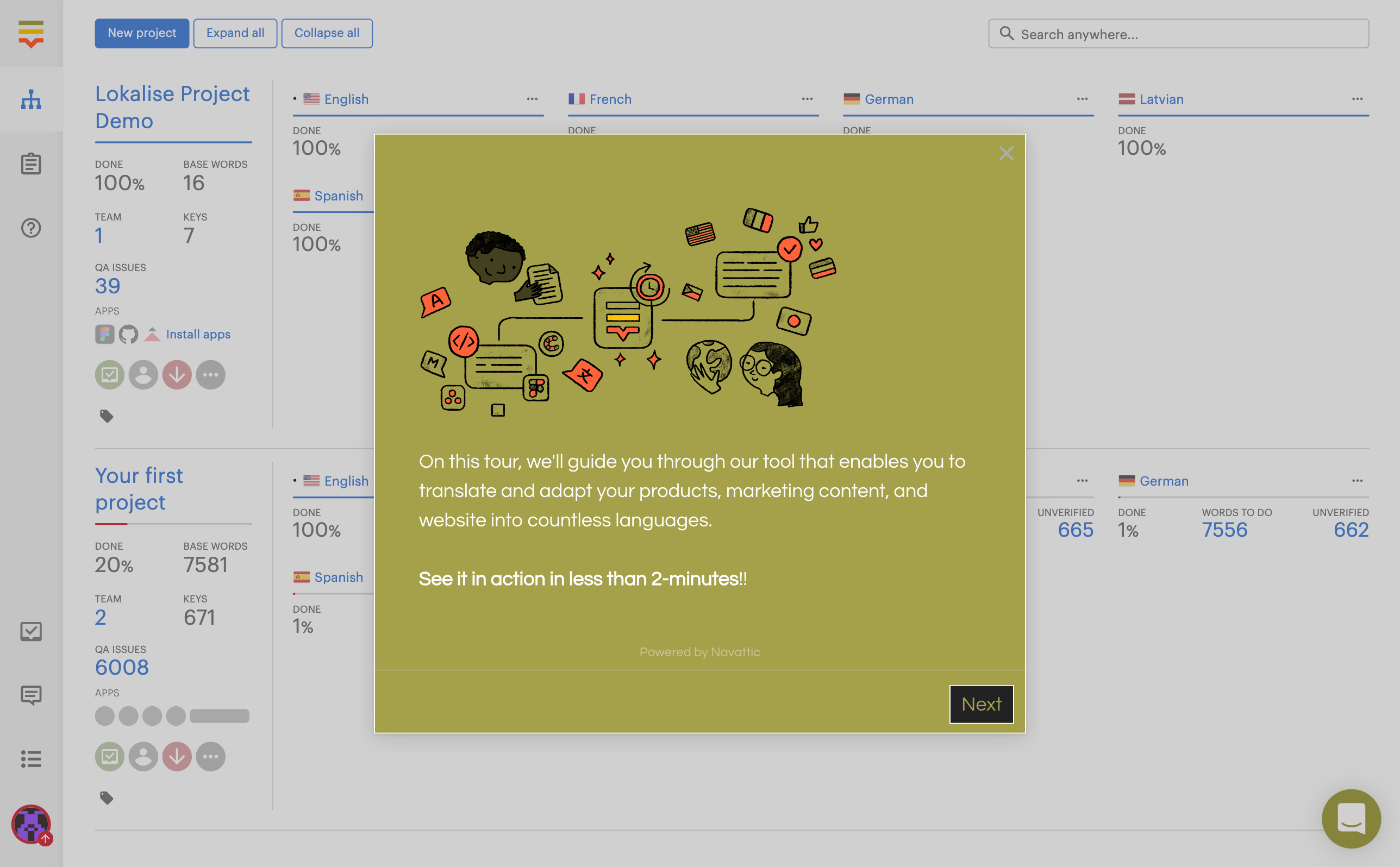Customer Show + Tell: Product Courses with Nikki Stubbs + Tyler Worley

Head of Growth & Product Marketing
About this series:
We spoke with the builders whose interactive demos were part of the top 1% of top-performing interactive demos from our State of the Interactive Product Demo 2024.
See how Nikki Stubbs and Tyler Worley - at Jumpcloud used Navattic to transform the strategy from non-interactive simulations to dynamic, no-code interactive demos.
How did you transition to no-code interactive demos?
The transition was primarily driven by the need for a quicker, more flexible solution for creating what we called “simulations”.
We didn't own the previous feature and content creation process for simulations. So, when we switched to using Navattic, it was out of a need for something quick without a heavy lift from the team. The learning curve was super easy so everybody was able to create some from the get-go, and we just all dove in.
"We really needed something quick that we could create [interactive demos] with that didn't require a heavy lift from the team" - Nikki
We ended up recreating our entire catalog, starting with about 33 guided demos, and now we expand on it weekly.
Was making the catalog public-facing a hard decision?
I think for us, we were on board from the beginning, only because some of our guided simulations are end-user-focused.
So I think for us, it just made sense to make it public-facing. We do have it structured pretty categorically which makes it pretty easy for folks to navigate.
When would you use video content to teach versus interactive demos?
For us, when evaluating content or go-to-market features, deciding between a video or an interactive demo involves examining the content and what we're explaining to users.
If the process is complicated and requires extensive explanation or background context, a video might be more suitable.
However, many of our interactive demos are topic-specific, serving as microlearning topics within our curriculum and courses.
"If it's a straightforward process, perhaps a 5-10 or 10-20 step process (and can be explained quickly) then an interactive demo is often the better choice."
We try not to let our interactive demos get too lengthy. It’s quick and it's to the point.
We aim to keep our interactive demos concise, focusing on specific topics within our curriculum and content.
What was your process to split creating 30+ demos across the team and now updating it weekly?
We divided the work based on individual comfort with different aspects of our product.
For instance, I (Nikki) took on user demos due to my familiarity with that area, while a colleague focused on device-related demos. This approach allowed each team member to leverage their expertise, from general settings to policies.
The learning curve was super easy. So everybody was able to create some from the get-go, and we just all dove in and everybody took a section and we recreated our initial catalog.
“With Navattic...it's super simple to capture screens. You hit the button, and then it's done” - Tyler
"To streamline the process, we developed a template for our interactive demos, ensuring a consistent start and end slide for each" - Nikki
With Navattic...it's super simple to capture screens. You hit the button, and then it's done - Tyler
This standardization effort has made it easier to maintain a uniform experience across all demos, enhancing the efficiency of our content creation process and ensuring consistent quality as our catalog grows.
We have also now implemented a naming and labeling method to track demos more effectively.
The new workflow introduced for creating product demos significantly enhances organization, which is particularly useful when managing numerous demos to ensure consistency and prevent overlapping edits in multiple projects.
Any advice for those who are new to Navattic?
I recommend using the Quick Start manual. That was super helpful for us.
And use the help articles because sometimes we'll be creating something, and we won't realize that there are great features that allow us to do something that we really want to do.
How have interactive demos have been received?
Internally, the feedback has been overwhelmingly positive. The shift from Adobe XD, which was primarily screenshot-based, to Navattic has made a significant difference.
Additionally, previously when someone left the company, accessing their work became impossible if it was locked behind a password, leading to a lot of re-doing.
Now, with Navattic, the demos are more integrated with our product, allowing potential users to experience features without needing to sign up. This accessibility has been a major success internally.
